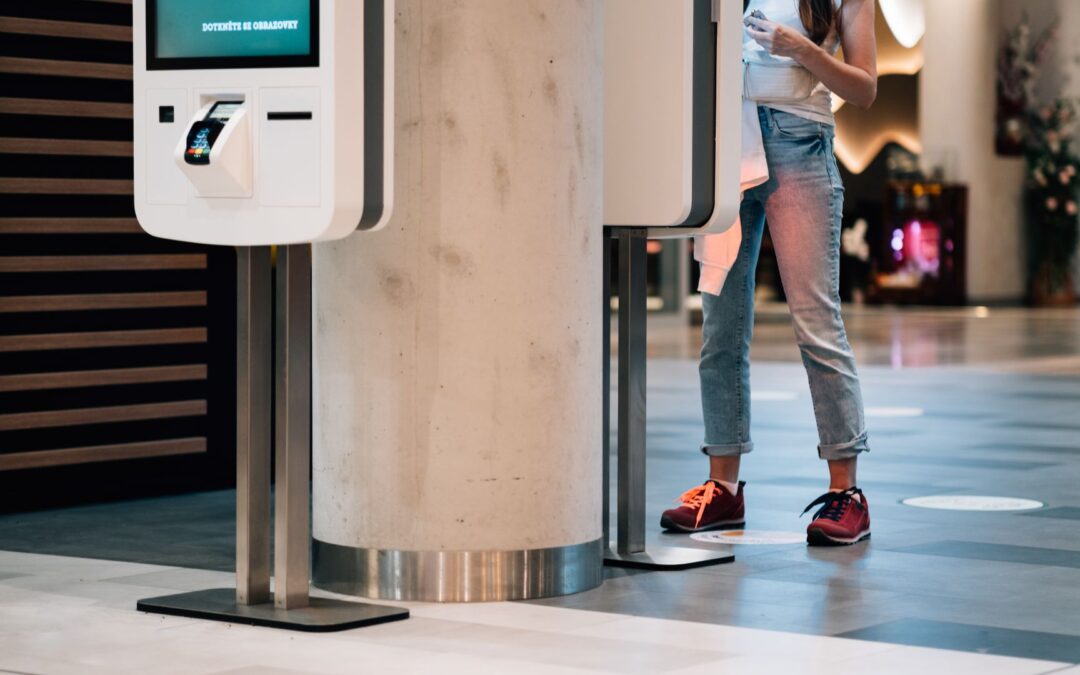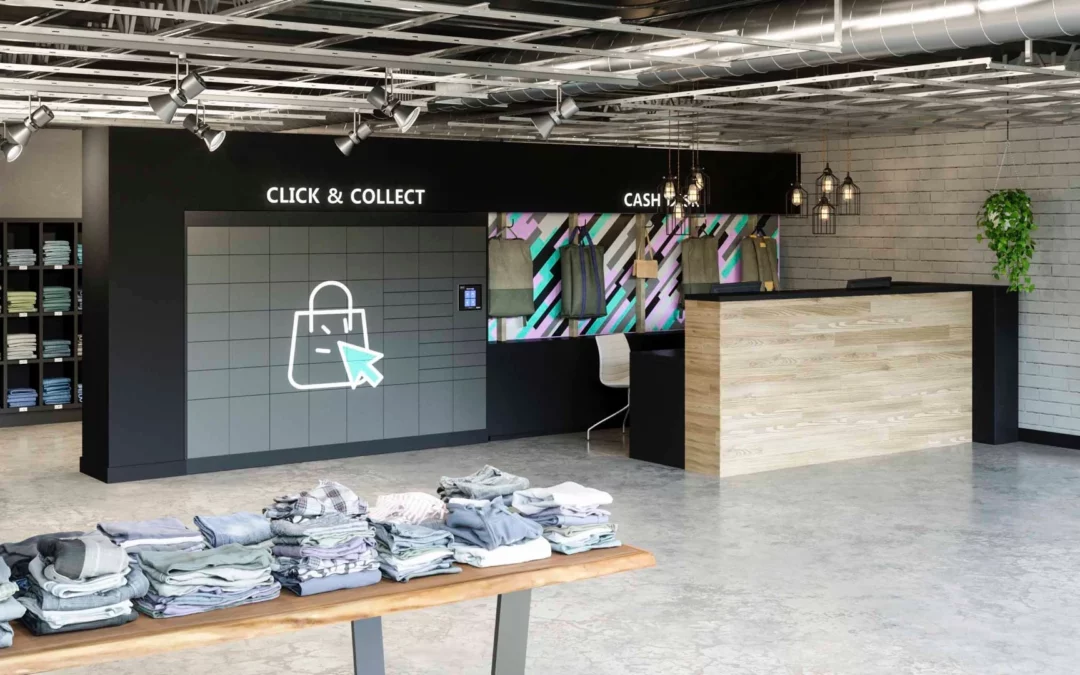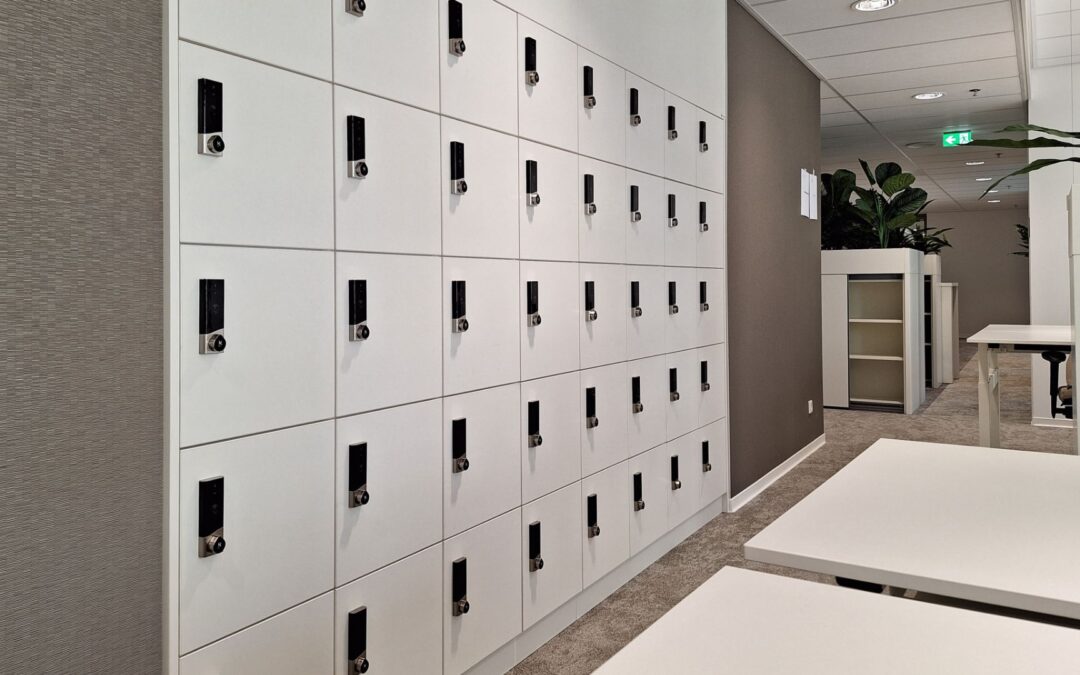Earlier this week we summarised several trends of the future smart workplace according to Mircosoft’s Annual Work Trend Index Report, surveying more than 30,000 people across the globe.
Under these trends, how can businesses improve their Employee Experience Strategy? How can smart workplace technologies support them? In today’s blog, we return to that report to discuss the way forward for businesses starting to shift. We will cover:
- The key to employee experience
- 4 tips for strategising employee experience
- Smart workplace technologies that bridge the physical and digital worlds
- Smart workplace technologies that reduce employee’s digital exhaustion
What is an Employee Experience Strategy?
Employee Experience Strategy includes understanding the company’s culture, listening to people’s voices, and investing in resources to create an intuitive workplace.
The future workplace is shifting toward a hybrid work style, the modern employee experience strategy requires extreme flexibility through policy, office space and technology.
How to improve your Employee Experience Strategy?
1. Create a plan to empower employees for extreme flexibility
The decisions leaders make today will impact your organisation for years to come — from how you shape culture, to how you attract and retain talent, to how you respond to changes in the environment and future innovation. It’s a moment that requires a clear vision. Every organisation will need a plan that puts people at the center and encompasses policy, physical space, and technology.
The first step before planning the employee experience strategy is to listen to your employees.
With employees becoming a new type of visitor to the office, ask important questions such as what do our people want? What do they need? Will they want to return to the office and if not, do they have all of the tools to work remotely? If they do want to come back to the office, what will that look like? The answers to these questions will shape your organisation’s plan to move forward.
2. Invest in space and technology to bridge the physical and digital worlds
We can no longer rely solely on offices to collaborate, connect, and build social capital. But physical space will still be important. We’re social animals and we want to get together, bounce ideas off one another, and experience the energy of in-person events. Moving forward, office space needs to bridge the physical and digital worlds to meet the unique needs of every team — and even specific roles.
Space that encourages interactions
After a year spent isolated and with very little face-to-face contact, the importance of collaboration has re-emerged while planning the employee experience strategy for the future smart workplace.
Organisations are going to have to consider making spaces that encourage interactions, community and the chance to huddle together and share ideas. These spaces must provide a safe place to socialise so that they are worth commuting to.
Read more about how you can optimise your reception area to welcome your employees back
Accessibility to the workspace
Equally, organisations will have to provide technology that contributes to their employee’s productivity and workplace efficiency.
Today, office space and digital tools must work for people in the office or from home. A simple ‘home office supply’ such as an adequate internet connection is essential in keeping up with the needs of a remote worker. A stable connection allows people to work at a rapid pace, keep connected and prevent communication issues so that they can equally contribute to their teams.
What smart workplace technology can help?
Consider including Employee Self Service technology in your strategy as it connects all facilities and resources for the people using the workspace – making them quickly visible, accessible and ready on demand.
Smart Workplace Technology incorporates a number of corporate employee tools for the new “on-demand digital workplace“. Along with physical space, organisations could invest in smart office technology that enables people to fully participate from home, in the office, on the go, and from the manufacturing floor.
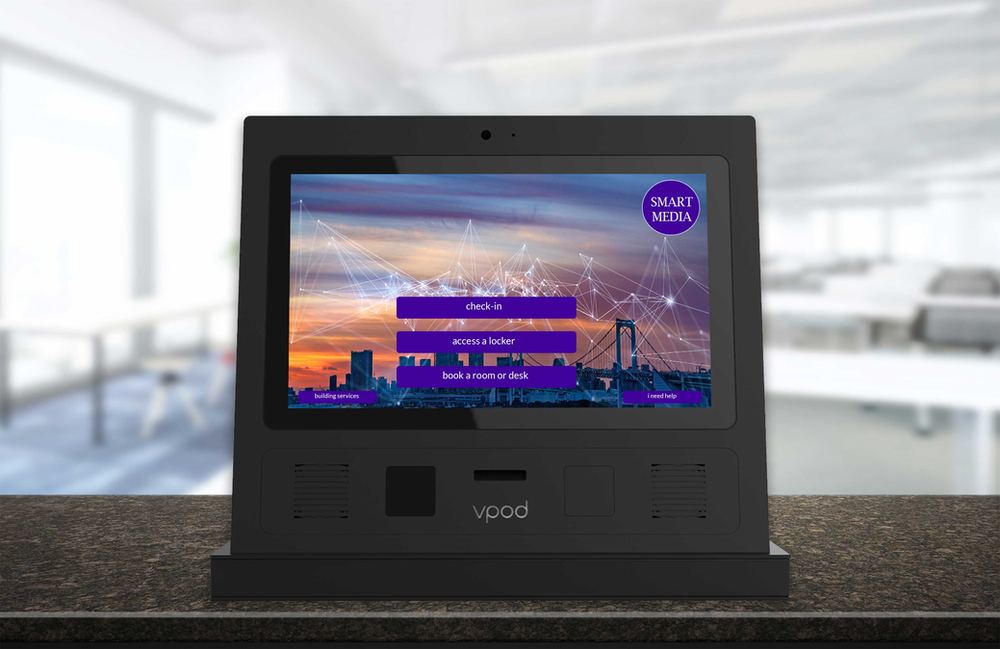
3. Combat digital exhaustion from the top
Look across your teams and prioritise. Find ways to reduce employees’ workloads.
People are digitally exhausted and facing burnout and the implications are enormous. Throughout the pandemic, the inability to collaborate in person meant that remote workers spent more time on video calls and chat apps so that they could stay connected to colleagues, have virtual meetings and have ad-hoc calls to”keep up” with their workload. This marked a shift toward a more intense workload and the expectations of employees have increased because of it.
Eliminate late meetings
Finding a balance between creative meetings and more technical document sharing is crucial. Introducing smart workplace technology as collaboration tools will eliminate the need for so many internal or unproductive meetings. This will allow people to get autonomy back in creating a schedule that works for them.
Create a culture that encourages breaks
Creating a culture where breaks are encouraged is also an important part of your employee experience strategy to ensure your people are their best selves when they are at work. Whether it’s to get some air or to exercise, your employee’s taking some quiet time for their well-being should be celebrated.
What smart workplace technology can help?
Smart workplace technologies digitise and automate your workflow, removing manual processes to effectively reduce your employees’ workload.
1. Visitor management solutions
Why are meetings late? In most cases, it’s because visitors get lost in the building or wait at the reception to check in. Introducing visitor management solutions can remove employee’s manual repetitive tasks, improve employee’s productivity by handling 2800 visitors a day,
What is a visitor management system?
2. Hybrid smart lockers
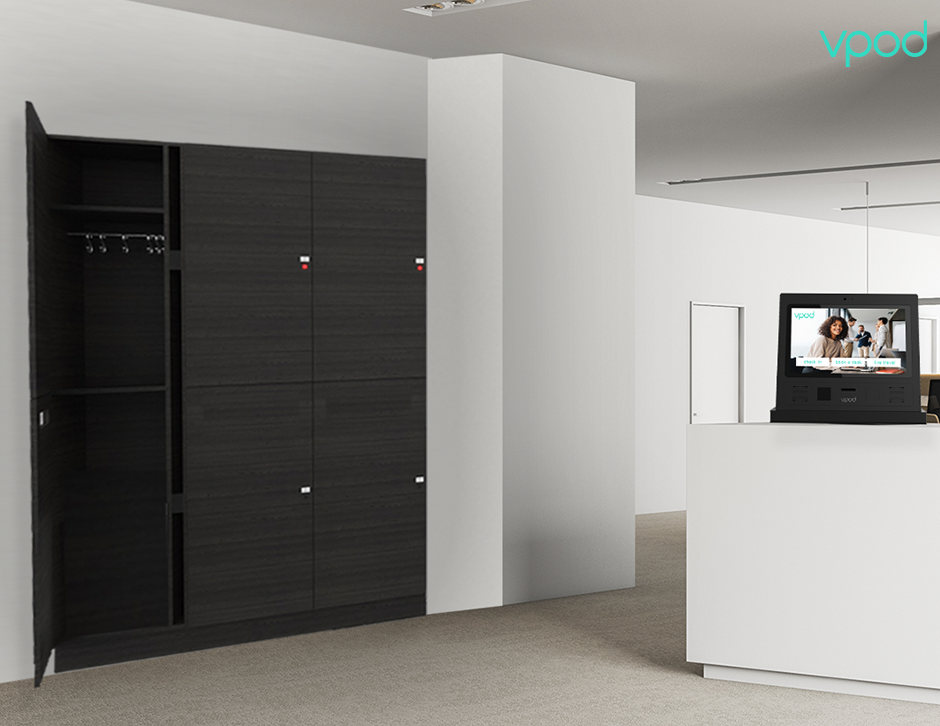
With only one single locker bank, our smart lockers combine workflows of smart package lockers, IT lockers, and personal lockers.
The smart locker solution allows you to:
- maximise locker utilisation.
- minimise locker costs.
- increase space efficiency
4. Rethink employee experience to compete for the best and most diverse talent
More digital work, and the stress of living through a pandemic has left many employees feeling overworked and disconnected. With some groups suffering more than others, it will be important for HR leaders to consider how wellness programs and work policies affect each group uniquely.
Over 40 per cent of the workforce is considering a career change or a move to a different organisation. With many people feeling completely stressed in both their personal and professional lives due to the pandemic, it comes as no surprise that this time has resulted in serious reflection.
Employee experience strategy becomes critical, as businesses need to be open to the extreme flexibility. Otherwise, they face the threat of losing their best assets; their people and talents.
The shift to hybrid requires deep consideration of the employee and the employee experience.
What smart workplace technology can help?
Employee self-service kiosk was born out of the need to support employees returning to a hybrid work environment. It has been built to deliver:
- Increased efficiency
- Enhanced employee experience
Features
- Wayfinding for employees who are visiting
- Wayfinding for new employees
- Desk and desk availability & Booking
- On-Demand Lockers
- Lockers with full chain of custody control
- Audio or Video enabled
- Help Desk for Facilities, IT, and HR
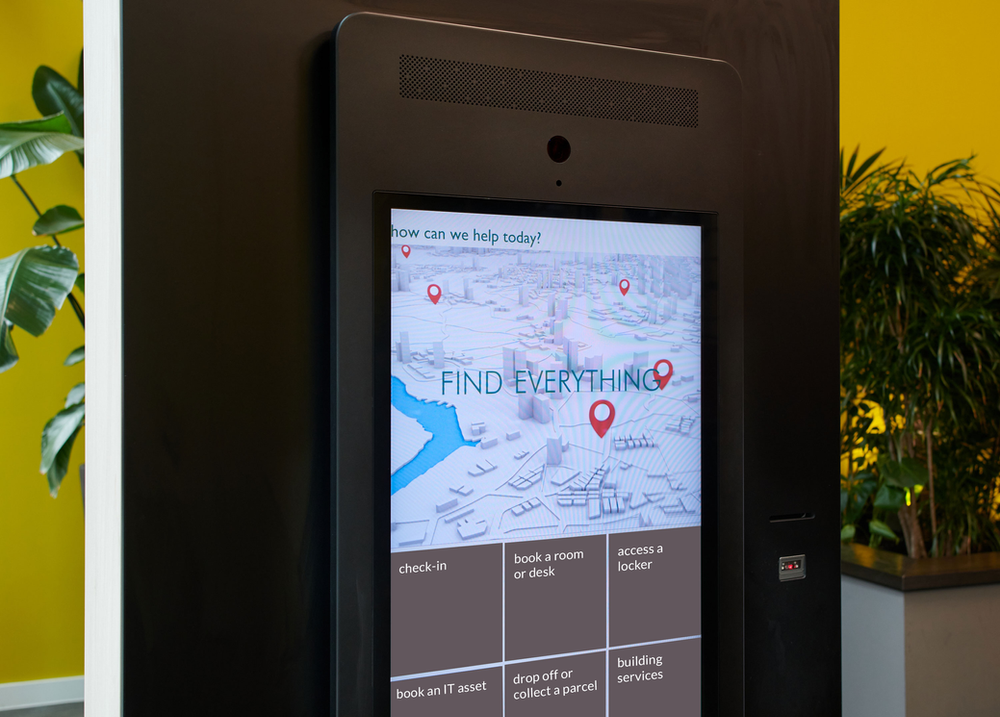
Summary
The 4 key tips for businesses to adapt to the future smart workplace are:
- Create a plan to empower employees for extreme flexibility
- Invest in space and technology to bridge the physical and digital worlds
- Combat digital exhaustion from the top
- Rethink employee experience to compete for the best and most diverse talent
Interested in our smart workplace technologies? Contact us
